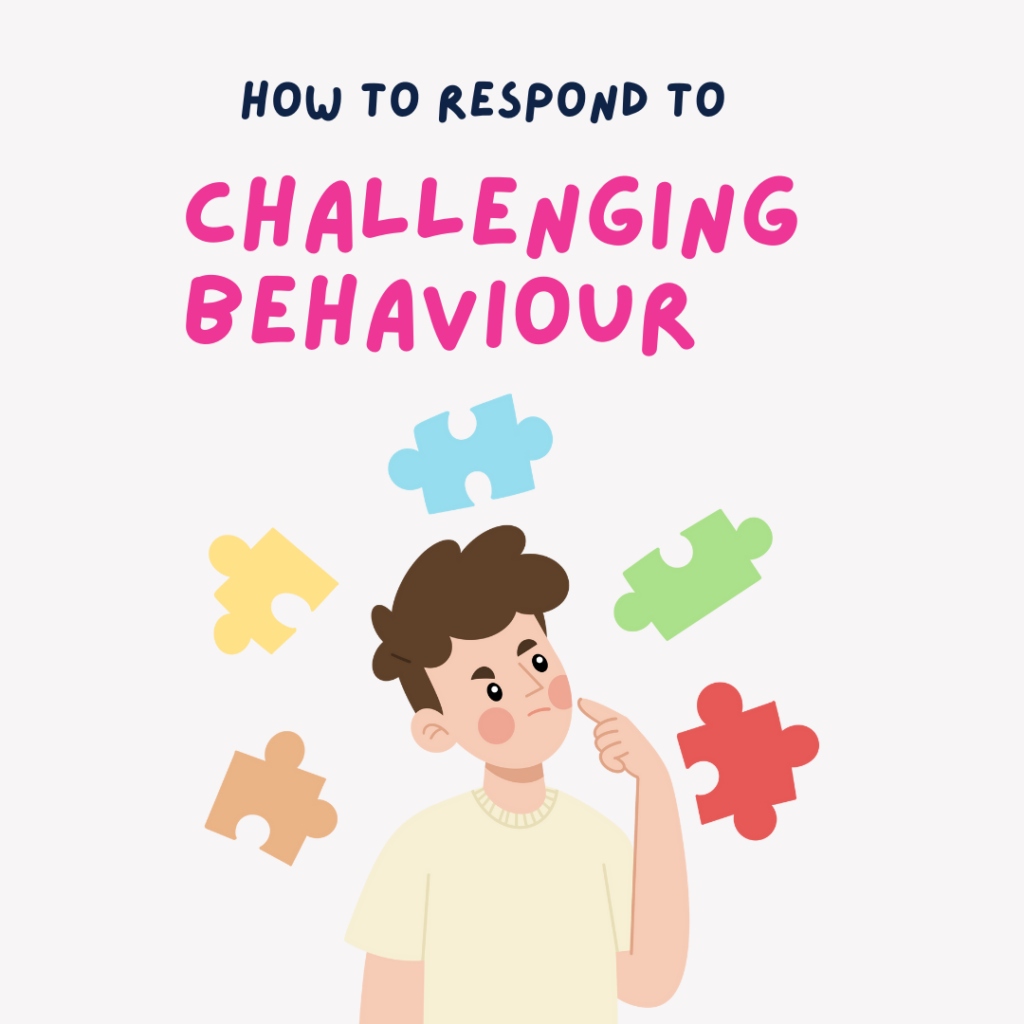Article
How to respond to Challenging Behaviour?

When we are in the classroom, there will be times of challenging behaviour. As relief teachers, it can be a challenge as we don’t know these students day to day compared to the classroom teacher.
We thought we would provide you with some key points to think about when responding to challenging behaviour as it can be a tough situation to be in as a relief teacher when you least expect it.
How to do we respond to challenging behaviour?
- Respond in a calm matter. It is okay to pause for a moment and think about how you are going to address the situation. You can mention the behaviour is inappropriate for the classroom, but try not to dwell on the negative situation too much, as it may cause more conflict with the student/s or worsen the situation in the classroom. We want to make sure the classroom is a safe learning environment for all, especially for the day to run smoothly and of course for yourselves to finish the day on a positive note.
- Sometimes, depending on the situation, it can be best to speak calmly to the behavioural student one on one while the class are working and settled. This is an opportunity to identify their reasons as to why they are behaving this way and how this can be fixed. If this is not the case, always seek support from another teacher or aide.
- Throughout the day, use positive reinforcement as this can encourage the student/s to be motivated to learn and change their challenging behaviour. Notice the positives rather than always the negatives. We sometimes forget to do this.
- Information and instructions sink in better when students are told what they should do rather than what they shouldn’t do. For example, if a student is shouting or being loud while working, instead of saying “Stop shouting (name)”, instead you can say “(name), please talk quietly. Another option, you can address the whole class that the sound level is too loud instead of singling one student out. This is something to think about on how you personally address the class and figure out what is the best way to respond.
Each day when you are out teaching or supporting, you will figure out what works and what doesn’t with challenging behaviour. Just remember there is always support around you at the schools, the schools may already have strategies in place, work with them first before trying your own.
We hope this provides you with some ideas to think about if you do come across challenging behaviour and how to respond. If you do have a day that is challenging, make sure to talk about it with someone, reflect on the situation and what you could do better for next time.


